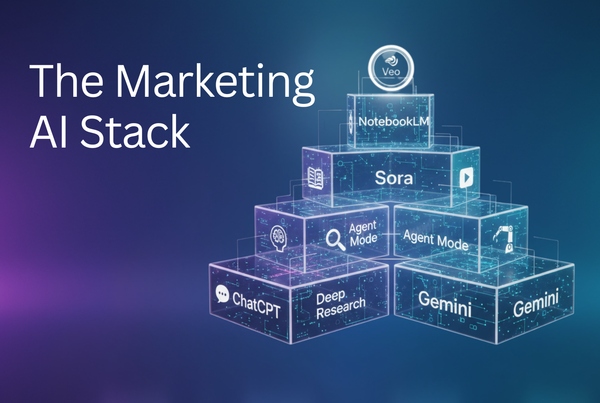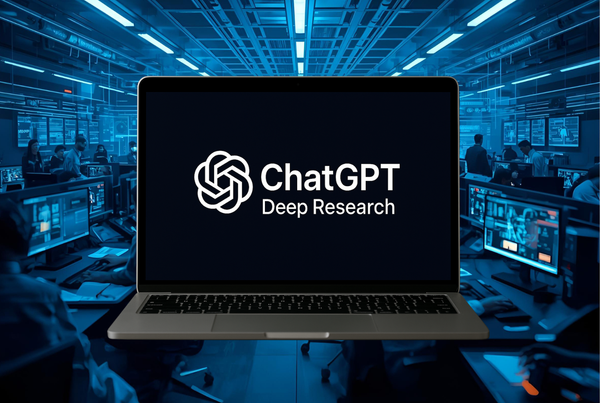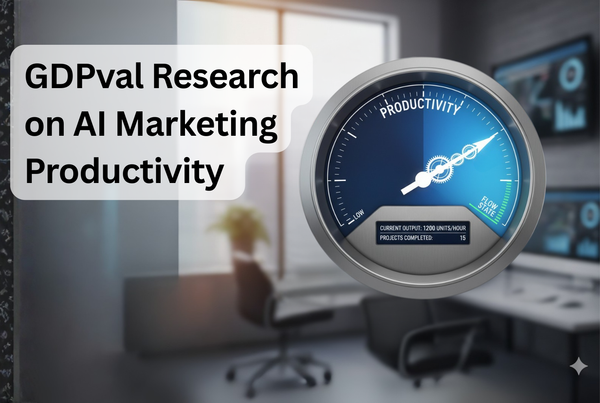When AI Tools Boost Productivity but Hurt Motivation
While AI tools improved the quality of employee output, they lowered motivation and increased boredom. This isn’t a failure of AI — it’s a failure of how it is implemented.

A recent Harvard Business Review article, “Gen AI Makes People More Productive — and Less Motivated”, revealed a paradox that should serve as a wake-up call to leaders embracing AI: While AI tools improved the quality and tone of employee output, they simultaneously lowered intrinsic motivation and increased boredom.
This isn’t a failure of AI. It’s a failure of how it is implemented.
The study found that workers using AI generated higher quality work, they wrote better, more analytical, and more empathetic emails and performance reviews:
- Performance reviews became longer, more thoughtful, and more helpful.
- Emails became warmer and more personable, increasing the emotional intelligence of workplace communication.
But here’s the twist: Despite these improvements, the people using AI tools didn’t feel more engaged or empowered. In fact:
- Intrinsic motivation dropped by 11%.
- Boredom increased by 20%.
The underlying reason? The study points to a diminished sense of control. Research shows that control is one of the most powerful levers of workplace well-being. When people don’t feel connected to the impact of their work, and when automation reduces their role to clicking and confirming, the psychological cost is real even if the business outputs are so much better.
AI-First vs. AI-Forward: The Missing Human Element
I believe this an example of an AI-first approach where technology is layered onto existing workflows to drive efficiency without enough thought on the human experience.
In contrast, an AI-forward approach is built around the human, not the tool. It uses AI to amplify human capabilities and create more space for strategic, creative, and high-impact work. It ensures workers see the outcome of their contributions, how their more empathetic emails influence relationships, how their improved reviews support a colleague’s growth.
When AI is deployed only to save time, it’s a missed opportunity. The time saved must be redeployed toward higher-value tasks that stretch creativity, deepen meaning, or increase connection. Otherwise, we simply automate the soul out of work.
AI is as Much about People and Process
Marketers and business leaders must treat AI tools as people solutions as much as tech solutions. The implementation process should ask:
- Are we helping people do more meaningful work?
- Are we using saved time to elevate skills, creativity, or strategy?
- Are we closing the loop so people see the value of their AI-assisted contributions?
Motivation doesn’t disappear because of AI, it disappears when we remove the why behind the work.





